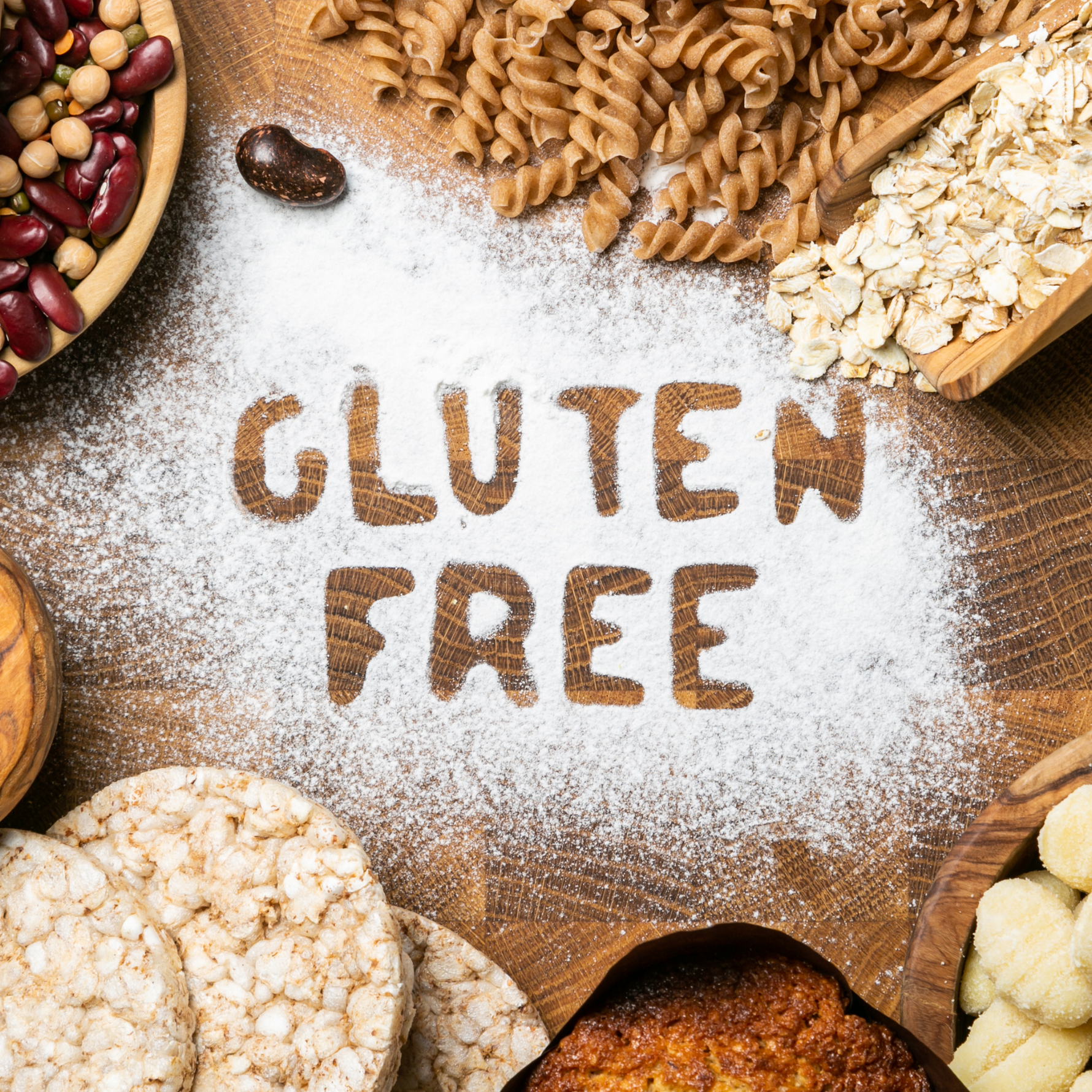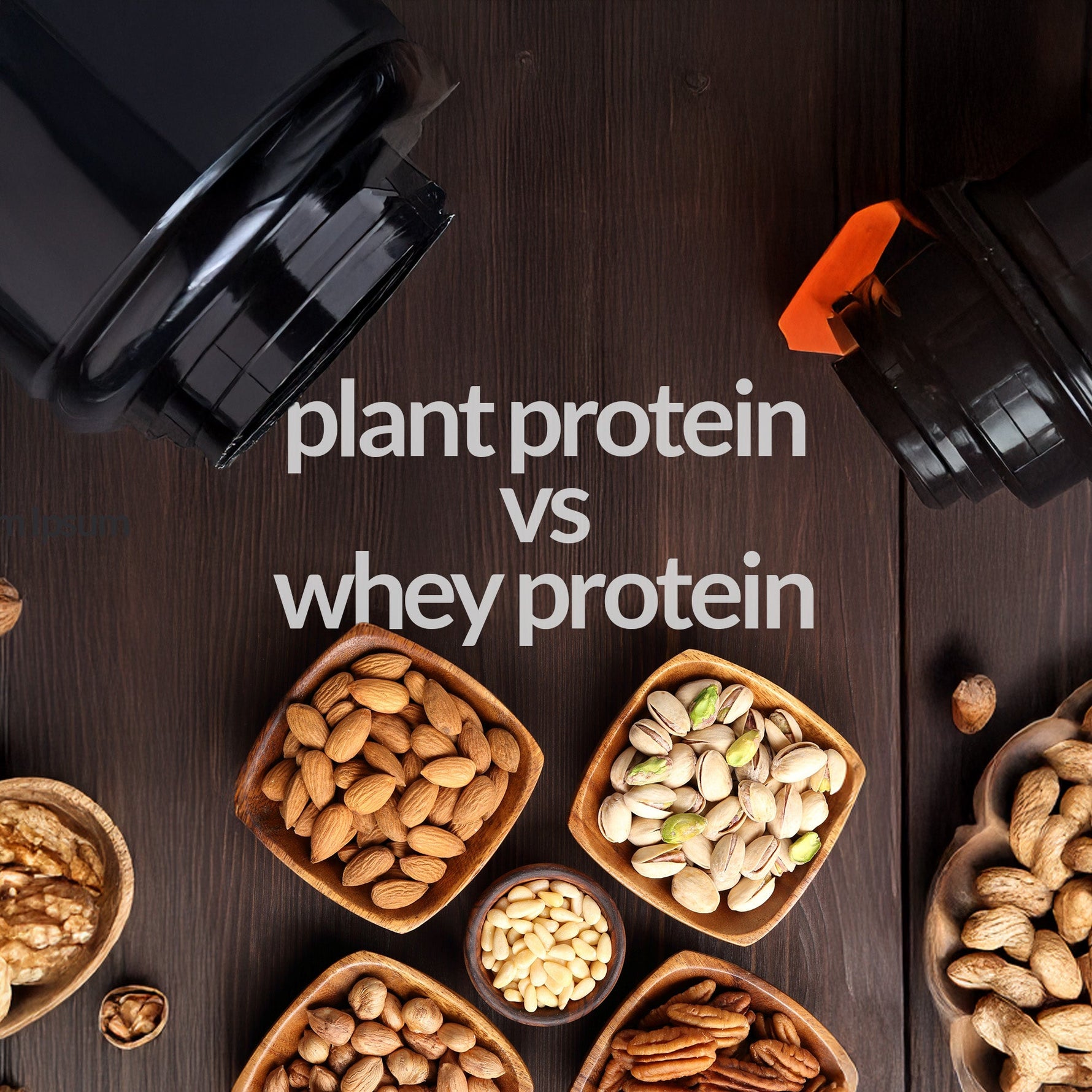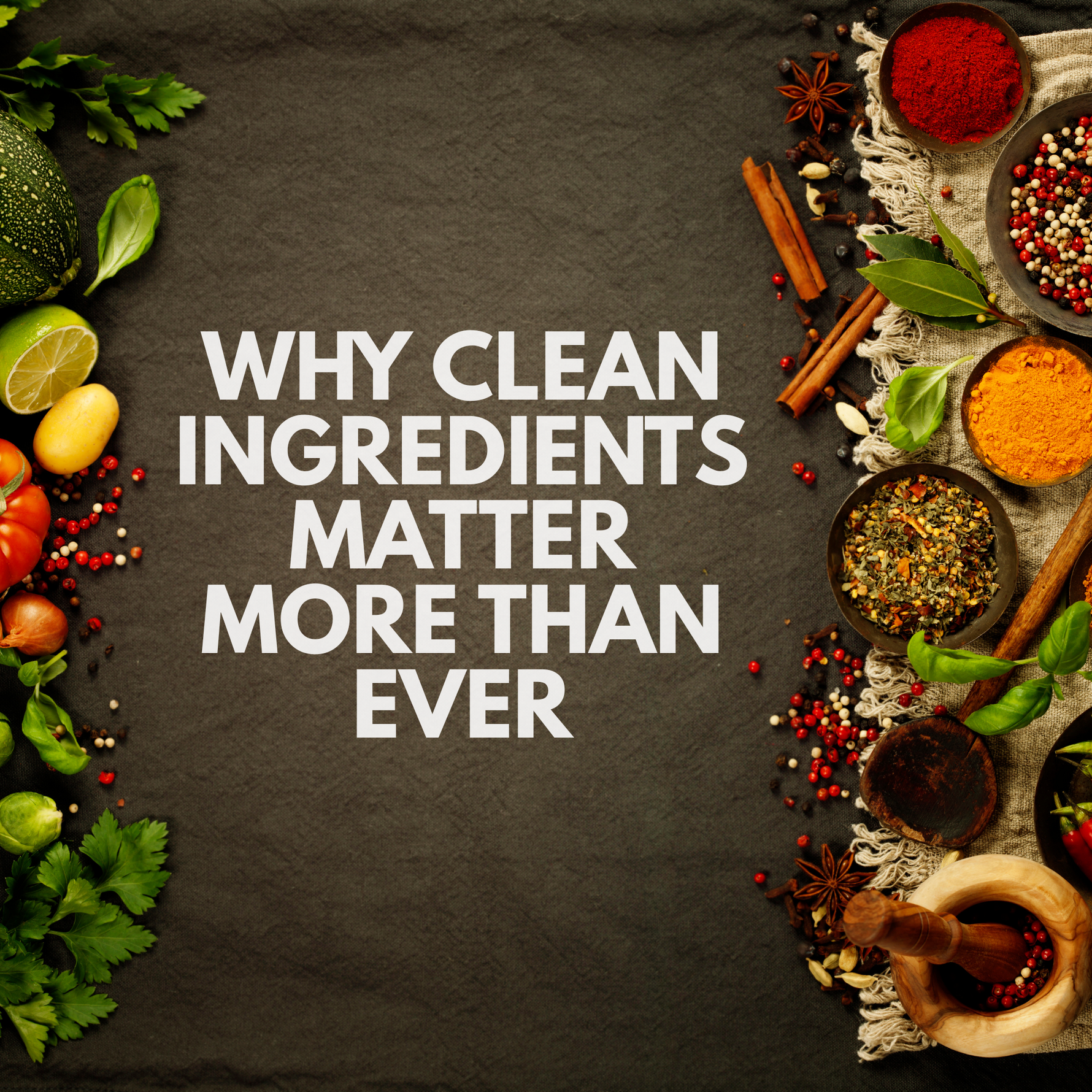News

News
The Hidden Truth: Why Not All 'Healthy' Snacks Are Actually Healthy
by Transparent Stories on Aug 17 2025
Have You Been Fooled by “Healthy” Snacks?
Have you ever walked down the snack aisle, grabbed something labelled “healthy,” and felt good about your choice—only to feel sluggish or unsatisfied afterward? You’re not imagining things. The truth is, many so-called “healthy” snacks are wolves in sheep’s clothing, and I want to help you see through the marketing smoke and mirrors.
The Great Health Food Deception
Here’s what food companies don’t want you to know: slapping “natural,” “low-fat,” or “sugar-free” on a package doesn’t magically make junk food healthy. After years of studying ingredient lists, I’m still amazed at how cleverly manufacturers make processed foods appear nutritious.
The snack industry has mastered what I call “nutritional sleight of hand.” They know which buzzwords grab your attention and how to position their products to look like the healthy choice.
The Low-Fat Trap
Let’s talk about those “low-fat” snacks. When manufacturers remove fat, they have to replace it with something else to maintain taste and texture. That something is usually sugar or artificial sweeteners. Some “healthy” granola bars actually contain more sugar than candy bars.
And artificial sweeteners? They’re not the miracle solution they claim to be. Research suggests they can disrupt gut bacteria, mess with metabolism, and ironically, even increase cravings for sweet foods. Your body knows when it’s being tricked.
The Chemical Cocktail
Here’s what really concerns me: many “healthy” snacks are loaded with preservatives and artificial ingredients that extend shelf life but compromise your health. These chemicals can:
Interfere with your hormones
Cause inflammation
Disrupt your body’s natural processes
I once read the ingredient list on a popular “health” bar and counted over 20 ingredients—most of which I couldn’t pronounce. If you need a chemistry degree to understand what’s in your snack, something’s not right.
How to Become a Label Detective
Reading labels doesn’t require a PhD, but it does require awareness. Here’s what to watch for:
Long ingredient lists — if it’s longer than a grocery receipt, be cautious.
Unpronounceable ingredients — if you don’t recognize them, your body won’t either.
Hidden sugars — they go by dozens of names like corn syrup, maltodextrin, or brown rice syrup.
Food companies spread out different forms of sugar so it doesn’t look excessive at first glance. Don’t fall for it.
The Real Difference
This is exactly why I started The Good Kind. I was tired of being deceived by marketing claims and wanted to create snacks that are truly healthy. Our approach is simple: use whole, recognizable ingredients that serve a real nutritional purpose.
When you pick up one of our products, you won’t find a chemistry experiment. You’ll find ingredients you recognize—ingredients your grandmother would have used, ingredients that actually nourish your body.
What Your Body Actually Needs
Your body thrives on real, whole foods. When you eat clean ingredients, you get:
Better nutrient absorption
Sustained energy
Reduced inflammation
Clean eating isn’t about restriction or perfection. It’s about choosing foods that work with your body instead of against it—so you feel energized, not sluggish, after a snack.
Making Better Choices
Becoming a savvy snack consumer doesn’t mean giving up convenience or taste. It means looking beyond the marketing and focusing on what’s actually inside your food.
Choose snacks with short ingredient lists
Look for recognizable, whole foods
Support brands that are transparent and honest
Your health is worth the extra few seconds it takes to read a label. Your body is worth choosing quality over clever marketing.
A Promise of Transparency
At The Good Kind, we believe you deserve to know exactly what you’re putting into your body. We’re not just selling snacks; we’re building trust. Every ingredient we use is there for a reason, and we’re proud to share that reason with you.
The Bottom Line
The next time you’re reaching for a “healthy” snack, remember: real health comes from real food. Don’t let marketing claims fool you into thinking processed food is healthy just because it has the right buzzwords.
You deserve better than deceptive marketing and chemical-laden snacks disguised as health food. You deserve snacks that nourish your body and make you feel amazing.
Choose transparency. Choose real ingredients. Choose The Good Kind.

News
Gluten Unveiled: Navigating the Complex World of Ingredients and Health
by Transparent Stories on Aug 17 2025
Feeling Confused About Gluten?
If you’ve ever felt confused by all the gluten-free options in grocery stores and wondered whether you should care about gluten, you’re asking the right questions. The gluten conversation has become so noisy that it’s hard to separate facts from fads. Let me help you understand what gluten actually is, how it might affect your body, and why making informed choices about it could genuinely improve how you feel.
What is Gluten, Really?
Think of gluten as nature’s glue. It’s a protein found in wheat, barley, rye, and their derivatives that gives bread its chewy texture and helps baked goods hold their shape. When you knead dough and it becomes stretchy and elastic, that’s gluten at work.
For most of human history, this wasn’t a problem. But in recent decades, more people are experiencing issues with gluten—and it’s not just in their heads.
The Real Health Impact
Here’s what we know from research:
1% of people have celiac disease, an autoimmune condition where gluten literally damages the small intestine. Even tiny amounts can cause serious health problems.
6–7% of people have non-celiac gluten sensitivity, with real symptoms like bloating, headaches, brain fog, and digestive discomfort.
There’s also growing research suggesting gluten can trigger inflammation in some people, potentially affecting everything from gut health to cognitive function. Many report feeling clearer and more energetic when they reduce gluten.
The Gluten-Free Difference
When I started developing products at The Good Kind, I noticed something fascinating: removing gluten opened up a whole world of more nutritious ingredients. Instead of relying on wheat flour, we began using almond flour, coconut flour, quinoa, and other nutrient-dense alternatives.
These ingredients don’t just avoid gluten—they often provide more protein, fiber, healthy fats, and micronutrients than traditional options. It’s like upgrading from a basic car to one with better features across the board.
Beyond the Label
Going gluten-free isn’t just about avoiding a single protein. It’s about embracing ingredients that nourish your body better. Many people who try gluten-free products initially for digestive issues later notice improvements in energy, sleep, and focus. These aren’t just placebo effects—they’re real responses to reducing inflammation and choosing nutrient-dense foods.
Addressing the Myths
Let’s clear up a few misconceptions:
Gluten-free doesn’t mean tasteless — with the right ingredients, it can be incredibly delicious.
Gluten-free isn’t automatically less nutritious — it depends on what ingredients replace the gluten-containing ones.
The key is choosing products made with whole, real ingredients rather than highly processed substitutes.
How to Know if Gluten Affects You
If you’re curious, try removing gluten from your diet for a few weeks and pay attention to your energy, digestion, sleep, and mental clarity. Many people are surprised by the difference. You don’t need a diagnosis—if you feel better without it, that’s valuable information about your body.
Making the Switch
The good news: today’s food landscape makes it easy to avoid gluten without sacrificing taste. Look for snacks made with nuts, seeds, and alternative grains. Read ingredient lists and choose options that feel like real food—not chemistry experiments.
Our Promise to You
At The Good Kind, we don’t just remove gluten—we create snacks that are more nutritious, more flavourful, and more satisfying than their gluten-containing counter

News
Plant-Based vs. Whey Protein: Choosing the Superior Nutritional Solution
by Transparent Stories on Aug 17 2025
Feeling Overwhelmed in the Supplement Aisle?
If you’ve ever stood in the supplement aisle feeling overwhelmed by protein options, you’re not alone. The protein powder section can feel like a maze of conflicting claims and confusing labels. Today, I want to have an honest conversation about two popular choices: whey protein and plant-based protein. By the end of this, you’ll have the clarity you need to make the best choice for your body and lifestyle.
Let’s Start with What You Already Know
You probably already understand that protein is important. It helps build muscle, repairs tissues, and keeps you feeling satisfied after meals. But here’s what the supplement companies don’t always tell you: the source of your protein matters just as much as the amount.
The Whey Protein Story
Whey protein has been the gold standard for decades, and for good reason—it’s effective. Derived from milk during cheese-making, whey protein is complete, meaning it contains all the essential amino acids your body needs. But here’s where things get interesting.
If you’re among the 65% of people worldwide who struggle with lactose intolerance, whey protein might be working against you. Many people who thought they just had “sensitive stomachs” later realized their protein powder was the culprit behind their bloating and digestive discomfort.
Beyond digestive issues, there’s another factor: whey protein comes from an industry that’s incredibly resource-intensive. It takes about 1,000 gallons of water to produce just one gallon of milk. When you think about it that way, your daily protein shake starts to feel like a pretty big environmental footprint.
Why Plant-Based Protein Changed Everything
Plant-based proteins aren’t just an alternative to whey—they’re often a superior choice. Let me explain why.
One common myth is that plant proteins are incomplete. This isn’t true anymore. Modern blends combine sources like pea, hemp, and rice to create complete amino acid profiles that rival whey protein.
Research has shown that pea protein can build muscle just as effectively as whey protein. The key is strategic blending. Plus, plant proteins come with added benefits: fiber, antioxidants, and phytonutrients that nourish your body beyond protein.
The Digestive Difference
This is where plant-based proteins shine. They’re naturally easier on your digestive system—no lactose, no dairy allergens. They even support your gut microbiome rather than disrupting it. Many people who struggled with whey finally found relief after switching to plant-based options.
Let’s Talk About Performance
You might wonder about muscle building and recovery. The research is clear: plant-based proteins support muscle growth and recovery just as effectively as whey. Some studies even suggest they reduce post-exercise inflammation better than whey, leading to faster recovery times.
The Environmental Factor
Plant-based proteins also come with a dramatically smaller environmental footprint. They require less water, produce fewer greenhouse gases, and use less land. Choosing plant-based protein means you’re supporting both your health and the planet.
Making the Right Choice for You
So how do you decide? Ask yourself:
How does my body respond to dairy products?
Do I want protein that offers extra health benefits beyond muscle support?
Do I care about the environmental impact of my food choices?
If you answered yes to any of these, plant-based protein might be the better option for you.
What Makes a Quality Plant Protein
Not all plant proteins are created equal. Look for products that:
Combine multiple protein sources
Are minimally processed
Are transparent about their ingredients
At The Good Kind, we focus on creating plant proteins that are nutritionally complete, taste great, and mix smoothly.
The Bottom Line
Choosing between whey and plant-based protein isn’t just about muscle—it’s about aligning nutrition with your body’s needs and your values. Plant-based proteins deliver complete nutrition, better digestibility, and environmental sustainability without compromising effectiveness.
The future of nutrition is moving toward conscious choices, and plant-based protein is leading the way. Your body, your gut, and the planet will thank you for making the switch.
Choose wisely. Choose plant-based. Choose The Good Kind.

News
The Hidden Cost of Convenience: Why Clean Ingredients Matter More Than Ever
by Transparent Stories on Aug 17 2025
Have you ever stood in the grocery store aisle?
Holding a colorful package of snacks, and wondered what all those unpronounceable ingredients actually do to your body? You’re not alone. In our fast-paced world, we’ve all become accustomed to grabbing convenient foods without much thought. But what if I told you that this convenience might be costing us more than we realize?
When Convenience Became King
My grandmother used to preserve food naturally—drying herbs from her garden, making jams that lasted months without a single chemical. Today’s food industry has perfected a different formula: create products that survive forever, glow under fluorescent lights, and deliver instant satisfaction. But these “improvements” come with a hidden price tag.
The Preservative Problem
Let’s talk about preservatives not as scary chemicals to fear, but as ingredients worth understanding. Sodium benzoate keeps your soda fresh but may contribute to inflammation. BHA prevents spoilage but has been questioned for potential cancer links. I’m not trying to scare you—I’m sharing this because you deserve to know what you’re putting into your body.
When you consume these preservatives regularly, your body works harder to process them. This can lead to increased inflammation, disruption of your gut’s delicate ecosystem, and interference with your hormones. Your digestive system becomes preoccupied with managing these foreign substances instead of extracting nutrients from your food.
A Different Path Forward
This is why we started The Good Kind. We asked a simple question: “What if we just... didn’t add all that stuff?” What if we trusted that real ingredients, handled with care, could create something both delicious and nourishing?
Clean ingredients aren’t just about removing the bad stuff—they’re about celebrating what’s naturally good. We’re talking about foods that are minimally processed, transparently sourced, and created with respect for both your body and the environment.
The Beauty of Natural Preservation
Here’s something that might surprise you: humans have been preserving food naturally for thousands of years, and these methods work beautifully. We use controlled dehydration to concentrate flavours, select ingredients that naturally resist spoilage, and package thoughtfully to maintain freshness without chemical interventions.
Beyond Your Personal Health
Choosing clean ingredients isn’t just about feeling better personally. Every time you choose a product made with real, whole ingredients, you’re participating in a larger movement toward sustainable food production. Your food choices are like votes—votes for transparency, environmental responsibility, and the belief that food should nourish rather than merely fill.
The Flavour Revolution
“But do clean ingredients actually taste good?” This myth needs to be put to rest. Real, high-quality ingredients don’t need to hide behind artificial flavours—they shine on their own. When you remove artificial additives, you don’t lose flavour; you discover it. You taste the complexity of real vanilla instead of vanillin, the subtle sweetness of naturally occurring sugars rather than chemical substitutes.
Making the Shift
The beautiful thing about choosing clean ingredients is that it doesn’t require perfection—just intention. Start by reading ingredient lists. If you can’t pronounce something, consider whether you really need it in your body. Look for companies that are transparent about their ingredients and proud to share where they come from.
Remember, every small choice adds up. You don’t need to overhaul your entire diet overnight. Maybe start with your afternoon snack or morning breakfast. Choose one area where you can swap a heavily processed option for something cleaner, and notice how it makes you feel.
Our Promise to You
At The Good Kind, we don’t just make snacks—we make a promise. No artificial preservatives, no chemical colours or sweeteners, no mysterious emulsifiers. Just real, whole ingredients that we’re proud to share with you and your family.
I started this company because I believe that what we put into our bodies matters deeply. When you nourish your body with clean, real ingredients, you’re not just feeding yourself—you’re honouring yourself.
The journey toward cleaner eating isn’t about perfection—it’s about progress. It’s about making choices that align with your values and support your health. So the next time you’re standing in that grocery store aisle, remember that you have the power to choose.
Final Thought
Thank you for taking the time to read this and for caring about what you put into your body. The world needs more people like you—people who ask questions, demand better, and believe that good food should be both delicious and nourishing.
Choose wisely. Choose clean. Choose The Good Kind.












